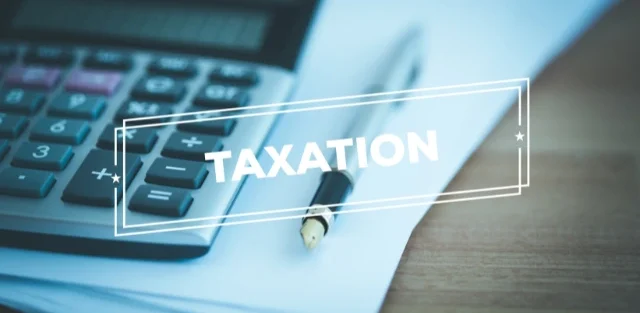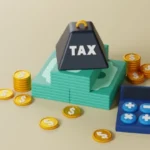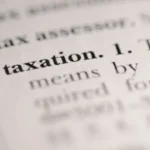In any modern economy, especially one as stable as Canada’s, taxation is about more than just raising money. It is the primary mechanism by which governments maintain fiscal discipline, fund essential public services, and ultimately ensure the sustainability of the public sector. For businesses and citizens in Ottawa, understanding this fundamental role of taxation is crucial, as public finances directly impact infrastructure, health care, and economic policy.
At AI Tax Consultants, we recognize that effective private sector tax compliance underpins the health of the public sector. Our goal is to clarify the strategic roles that taxation plays in balancing the nation’s books, ensuring a predictable and stable economic environment.
1. The Budgetary Function: Funding Public Goods
The most obvious role of taxation is its budgetary function: to provide the revenue needed to finance government spending. First and foremost, tax receipts cover the huge costs of public goods and services that the private sector cannot effectively provide. This includes everything from national defense and public education to maintaining the essential infrastructure we rely on every day. In essence, tax stability ensures service stability. A predictable tax base allows the government to reliably fund ongoing programs such as Old Age Security (OAS) and the Canada Child Benefit (CCB) without resorting to drastic, destabilizing cuts.
2. The Stabilizing Function: Countering Economic Cycles
Beyond simply raising money, taxes are a powerful tool for economic stabilization. When the economy is booming (an inflationary period), governments can use taxes to drain spending power from the economy, cool demand, and prevent overheating. Conversely, during economic downturns or recessions, governments often lower tax rates or introduce targeted tax relief measures to put cash back into the hands of consumers and businesses, which increases demand. Therefore, tax policy acts as an automatic, countercyclical stabilizer, smoothing out the peaks of the business cycle and boosting overall economic forecasting.
3. The Redistributive Function: Supporting Equity
A key principle of Canadian fiscal policy is progressive taxation, where higher-income earners pay a proportionately higher share of their income in taxes. This serves an essential function of income redistribution. In addition, the revenue collected from this progressive structure is used to fund social safety nets, such as Employment Insurance (EI) and various provincial welfare programs. In this way, taxes play a critical role in reducing income inequality, ensuring a minimum standard of living for all citizens, and contributing to social and political stability — a quiet but important pillar of public sector health.
4. The Regulatory Function: Shaping Behavior
Finally, taxation is used as a regulatory or corrective tool to influence public behavior and consumption. In particular, “sin taxes” on products such as tobacco and alcohol, or carbon taxes on emissions, are designed not only to raise revenue but also to discourage activities that are perceived to be harmful to public health or the environment. Furthermore, the opposite is also true: the government uses tax credits (called “tax expenditures”) to incentivize desirable behaviors, such as investing in green technology or saving for retirement through RRSPs. As a result, the strategic application of tax law helps align private economic decisions with broader public policy goals.
Understanding these roles of taxation is key to understanding Canada’s economic framework. At AI Tax Consultants, we help you navigate a system designed for stability while ensuring you remain compliant and strategically sound.
(FAQs)
1. What is the budgetary function of Taxation in Canada? The budgetary function of Taxation is the most direct role: it provides the necessary revenue to fund public goods and services that the private sector cannot effectively supply, such as infrastructure, national defense, and healthcare.
2. How does Taxation act as an economic stabilizer during a recession? During an economic recession, the government can strategically reduce Taxation rates or introduce targeted tax relief (fiscal policy) to inject money back into the economy. This stimulates consumer demand and helps mitigate the extremes of the business cycle, promoting stability.
3. What is progressive Taxation, and what is its goal? Progressive Taxation means that higher-income earners pay a proportionally greater percentage of their income in tax. The goal of this structure is primarily redistributive: the revenue collected funds social safety nets, helping to mitigate income inequality and ensure social stability.





